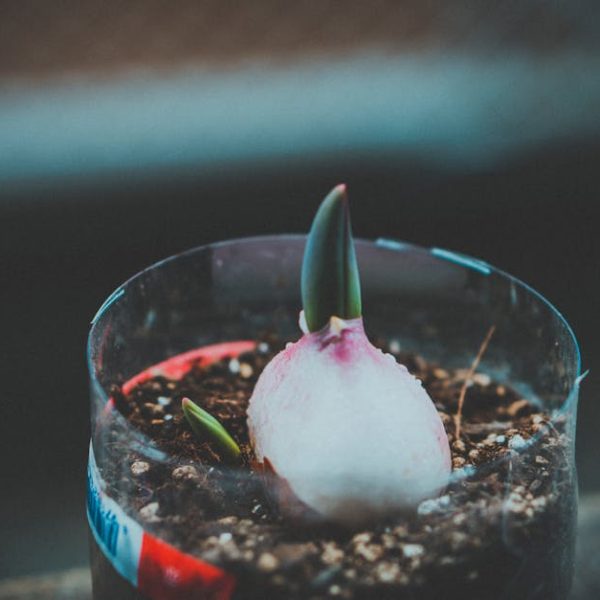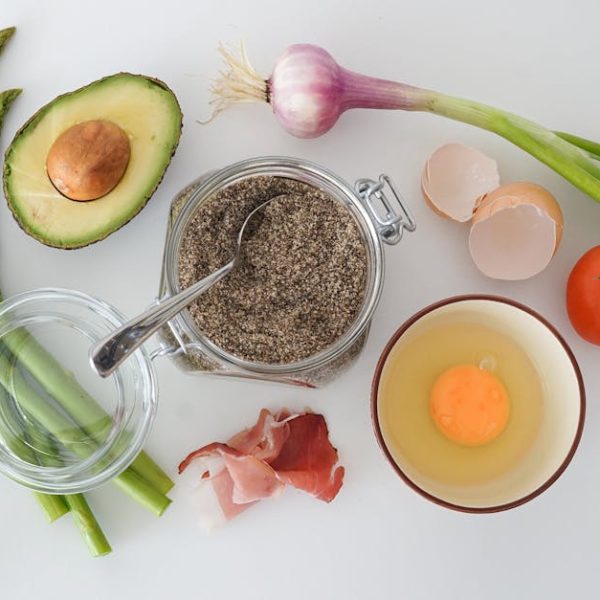To dissect this commonly asked question, we first need to understand what we’re comparing. Cherry tomatoes and grape tomatoes are popular members of the Solanaceae or nightshade family, scientifically named Lycopersicon esculentum, which comprises hundreds of tomato varieties.
Cherry and grape tomatoes bear striking resemblances prompting frequent confusion. Both variants are bite-sized, adore salad bowls, and are perfect snack options. However, observing deeply would reveal noteworthy differences such as their shape, taste, texture, and culinary usage. Cherry tomatoes, as their name implies, boast a round shape and intense, sweet flavor. They often burst open with savory juiciness, as it’s indicated by their higher water content.
Grape tomatoes, on the other hand, adopt a more elongated shape likened to that of a grape. Their skin is noticeably firmer, and they offer a more toothsome crunch. Flavor-wise, they are less intense than cherry tomatoes but offer a longer shelf life due to their lower moisture content.
The cultivation processes for these tomatoes don’t differ significantly. Both types require warm, sunny areas to grow and bloom into healthy yields. However, the consistent cross-breeding in the pursuit of creating the ideal tomato variety has led to subtle variations in growing conditions and harvesting times.
Pro Tip: When shopping, select brightly colored, firm tomatoes with smooth skin. Avoid those with blebs or bruises. No matter the variety you go for, ensure they carry an irresistible garden-fresh aroma indicating their superior quality.
Distinguishing Features of Cherry Tomatoes
The true charm of cherry tomatoes lies in their sweet taste profile, making them a frequent star in fresh salads and delightful cherry tomato pasta. Their sweet bursts of flavor can add a lively touch to your dishes. Moreover, cherry tomatoes come in an exciting array of colours from the known red to the somewhat exotic yellow, green, and black, further amplifying the visual appeal of your meals.
Best Practices:
- Store Cherry tomatoes at room temperature rather than in the refrigerator for optimal flavor.
- Use these juicy fruits immediately after cutting as they are prone to quick deterioration.
Certainly, cherry tomatoes are not without their drawbacks. They may not be the best choice for recipes requiring a firm texture due to their high moisture content. Additionally, because of their sweetness, they may not suit dishes requiring a neutral or tangy tomato flavor.
Characteristics Unique to Grape Tomatoes
Characteristic to their name-sake shape, grape tomatoes offer a crunchier bite compared to cherry tomatoes, making them popular additives to stir-fries, grills, and other dishes where a firm tomato presence is needed. They also offer a pleasing balance of sweetness and tartness, thanks to their thicker skins and meaty interiors. In terms of color, grape tomatoes usually present themselves in a traditional fiery red or sunny yellow hue.
Best Practices:
- Like their cherry siblings, grape tomatoes also appreciate room-temperature storage for maximal flavor.
- Their longer shelf-life allows for delayed use, but remember to check for soft spots or mold before using them.
However, despite their firmness and balanced taste, grape tomatoes may not deliver if a recipe calls for a succulent, intensely sweet tomato flavor. Plus, their thick skin can become tough when cooked extensively, thus, affecting the overall dish texture.
Nutritional Comparison of Cherry and Grape Tomatoes
From a nutritional viewpoint, both cherry and grape tomatoes are daily food superheroes, loaded with essential vitamins and minerals. The bounty includes Vitamin C for immunity, Vitamin A for vision, and fiber for digestive health. Loaded with health-boosting antioxidants such as lycopene, both varieties are heart-healthy and may aid in preventing certain types of cancers.
However, subtle differences in nutritional content may exist largely due to varying growth conditions, cultivation methods, and ripeness levels at the time of harvest. Cherry tomatoes usually have slightly higher water content than grape tomatoes, which may also mean a lower concentration of certain nutrients.
Pro Tip: Regardless of the variety, incorporate tomatoes into your diet for a health-boosting punch. Both types are remarkably low in calories yet high in many essential nutrients.
Choosing the Right Tomato for Your Dish
The choice between cherry and grape tomatoes first and foremost depends on your personal preference, the specific flavor profile of your recipe, and the texture you desire in the finished dish. Use cherry tomatoes when you want to add a burst of sweetness, or opt for grape tomatoes for a tarter flavor and a firmer texture.
Pairing Guide:
- Cherry Tomatoes: Great for garden salads, pastas, bruschetta, and fresh salsas.
- Grape Tomatoes: Suitable for grilling, roasting, stir-frying, and hearty sauces.
Remember, experiment and let your taste buds guide you. After all, food and cooking are all about personal taste and the joy of trying new things. Whether it’s a cherry or grape tomato, both bring unique characteristics to the culinary world, enriching flavor palettes and amplifying the health quotient. At the end of the day, what matters most is – every bite should be savored, and every meal relished!
Key Takeaway:
- Cherry and Grape tomatoes, though similar in many aspects, bring in distinct qualities and flavor profiles suitable for different dishes and culinary applications.
- Cherry tomatoes are enterprising in their sweet taste profile and a wide array of colors, best fitting in fresh salads, pastas and other dishes where a sweet tomato flavor is desired.
- Grape tomatoes, being crunchier, make a preferable choice for stir-fries, roasts and grills where a firmer tomato presence is required.
- Nutritionally, both cherry and grape tomatoes are a treasure trove of vitamins and fibers, bringing enormous health benefits.
The world of cherry and grape tomatoes is filled with color, flavor, and nutritional wealth. Embrace their diversity and indulge in their sweet and tangy tastes. Let your culinary creativity soar, and may your meals be a feast for the eyes, the palate, and your health.
FAQs
Q: Is there a major difference in the nutrient content between cherry and grape tomatoes?
A: Although both varieties are rich in essential vitamins and nutrients, slight differences might arise due to factors such as differing growth conditions and ripeness levels at harvest. However, the variations are typically marginal and both types should be included in your diet for their health benefits.
Q: What is the best way to store cherry and grape tomatoes?
A: Both varieties of tomatoes should ideally be stored at room temperature for optimal flavor. Refrigeration can alter their texture and flavor.
Q: Can I substitute cherry tomatoes for grape tomatoes in recipes?
A: Yes, they can be substituted for each other in most recipes. However, remember that cherry tomatoes are sweeter and juicier while grape tomatoes are firmer and less sweet.
Q: Are cherry tomatoes or grape tomatoes better for making sauces?
A: Grape tomatoes can be a good choice for creating sauces due to their firm texture and balanced sweetness which integrates well with other ingredients.
Q: Which tomato variety do I pick if I don’t like sweet tomatoes?
A: Grape tomatoes are less sweet than cherry tomatoes and could be a fit for your taste preference.
Enjoy exploring and experimenting with these two delightful tomato variants. Share this article with fellow food enthusiasts and continue exploring more interesting posts on our website.






